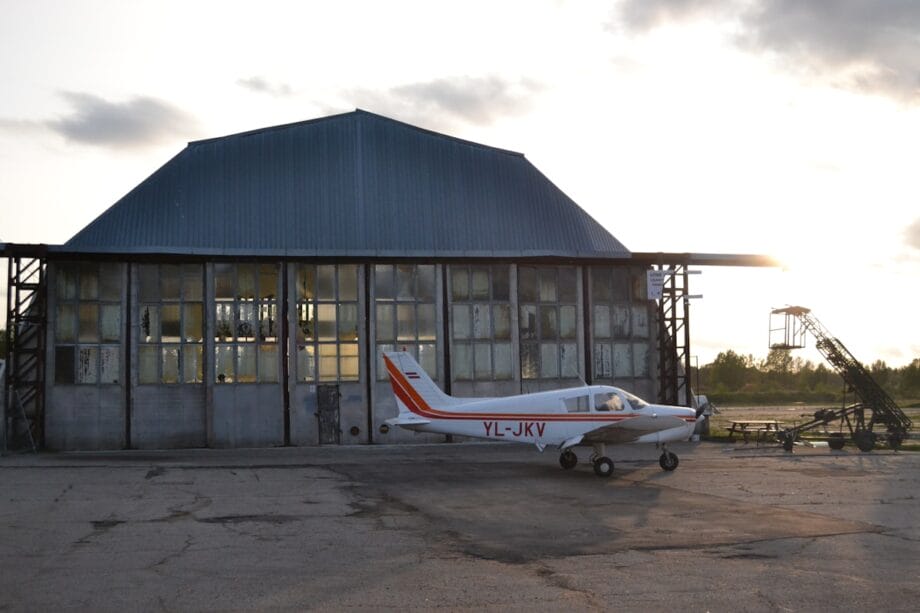US Senate Endorses ROTOR Act, Advocating for Enhanced Aviation Technology
Published on October 21, 2025
The United States Senate has embarked on a significant initiative to bolster aviation safety through the passage of the bipartisan ROTOR Act.
This vital legislation, which received unanimous approval from the Senate Commerce, Science, and Transportation Committee earlier this week, is poised for deliberation by the full Senate.
Originally introduced in July by Senator Ted Cruz (R-Texas), the Act mandates pivotal modifications to aircraft operational protocols, particularly regarding the implementation of Automatic Dependent Surveillance-Broadcast (ADS-B) technology.
A cornerstone of the ROTOR Act is the stipulation that nearly all manned aircraft operating in ADS-B Out airspace must be equipped with ADS-B In technology. This crucial measure effectively addresses a significant deficiency in the current aviation safety framework.
Additionally, the legislation imposes stringent restrictions on the conditions under which military aircraft can operate without transmitting their positional data via ADS-B Out.
The impetus for swift legislative action arose from the tragic January collision near Ronald Reagan Washington National Airport, which resulted in 67 fatalities.
Requiring ADS-B In Technology
The necessity of the Act’s provisions was emphasized by its proponents. Senator Cruz articulated that the ROTOR Act seeks to rectify a perilous loophole that allowed military aircraft to operate in US domestic airspace without the precise and rapid positional communication utilized by commercial counterparts.
The Senator highlighted that all aircraft navigating congested airspace must be outfitted with ADS-B In technology—an essential requirement long advocated by the National Transportation Safety Board (NTSB).
Committee Chair Senator Maria Cantwell (D-Wash.) elucidated how the legislation rectifies the factors contributing to the accident near DCA. She asserted that the measure resolves two principal issues implicated in the tragedy.
Senator Cantwell remarked that a military helicopter flew without visibility into another aircraft, resulting in a failure of situational awareness among pilots.
After this analysis, two fundamental mandates were solidified: the immediate closure of the ADS-B Out loophole upon the Act’s enactment, and the obligation for aircraft operators to integrate the life-saving ADS-B In technology into their fleets by 2031.
Notably, this requirement marks the inaugural mandate for this technology, arriving seventeen years after its initial endorsement by the NTSB.
Augmented Oversight and Coordination
In addition to the ADS-B provisions, the ROTOR Act encompasses several other essential aviation safety and oversight components. The legislation tasks the Federal Aviation Administration (FAA) with conducting a thorough review of coordination protocols between civilian and military operators.
An additional layer of scrutiny is introduced via a mandated Army Inspector General audit, focusing on ADS-B usage and pilot training standards within military ranks.
Furthermore, the Act stipulates new safety assessments concerning helicopter routes adjacent to major airports. A public Army audit into compliance with FAA coordination agreements is also mandated by the legislation.
A Transformative Era for US Aviation Safety
The progress of the ROTOR Act by the US Senate Committee represents a critical juncture for aviation safety, signaling a determined legislative commitment to modernizing the operational paradigm of US airspace.
The stipulations set forth by this Act are expected to markedly enhance situational awareness for all aviators, thereby significantly mitigating the risk of mid-air collisions.
As this comprehensive safety initiative advances to the full Senate, the industry observes with keen interest, cognizant that the Act’s enactment will herald a new, safer epoch for domestic aviation operations.

The ROTOR Act’s journey through the legislative apparatus epitomizes a concerted endeavor to implement long-awaited safety recommendations.
By harnessing technology that enables aircraft to broadcast their position and receive the positional data of others—a capability defined by ADS-B In—the US air traffic management system is primed to transform into one of the most advanced and secure in the world.
The unanimous committee vote reflects a bipartisan consensus on the urgency and imperativeness of these reforms. Successful implementation of the Act’s stipulations is anticipated to cement a legacy of proactive, safety-oriented aviation governance.
Source link: Travelandtourworld.com.






